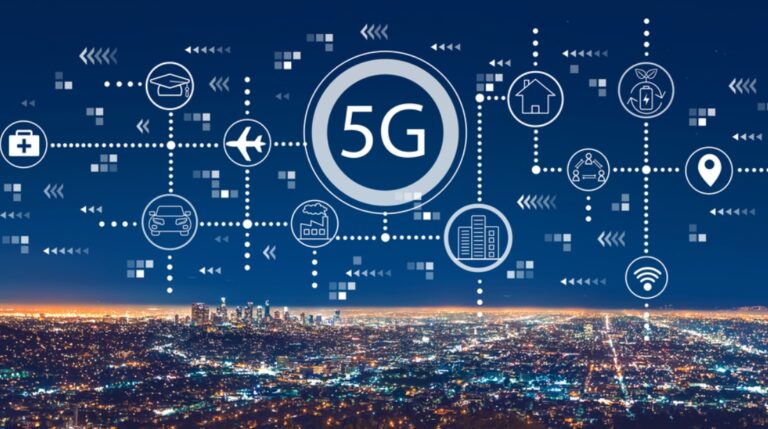According to the report, developing a comprehensive roadmap for newly commercially available spectrum is necessary to ensure the successful deployment of future mobile networks. 5G spectrum evolutionindustry association 5G Americas, provides insight into the future of mobile networks and highlights the critical role of licensed spectrum for the successful deployment of 5G-Advanced and future 6G capabilities.
“Releasing more licensed spectrum to the wireless industry is critical to America’s leadership in technology, mobile communications, and the economy,” asserts Chris Pearson, president of 5G Americas. “The industry’s roadmap to achieving more spectrum will help ensure the effective deployment of future networks and accelerate the emergence of breakthrough technologies.”
5G Americas says it is important for the mobile industry to balance both licensed and unlicensed spectrum. The upper midband spectrum, ranging from 7.125 to 15.35 GHz, is key to leveraging existing infrastructure and increasing capacity. 5G Americas is focused on identifying new spectrum critical to the U.S. National Spectrum Strategy pipeline and ensuring rapid commercialization and sustained technology leadership.
“5G Americas supports the spectrum range from 7.125 to 15.35 GHz, especially below 10 GHz, for licensed mobile operations, considering the balance between capacity and coverage,” said co-leader of the workgroup. , said Aleksandar Damjanovic, Principal Engineer/Manager, Qualcomm Technologies. “Opening bands in this range requires relocation considerations and shared strategies. Additionally, millimeter wave bands can be “Sub-THz bands offer very high bandwidth and may be suitable for special use cases.”
The International Telecommunication Union (ITU)’s International Mobile Telecommunications (IMT)-2030 codified various usage scenarios that form the basis of spectrum needs. These scenarios highlight the need for high data rates and wide area coverage for applications such as immersive experiences, next-generation medical monitoring, human-machine interfaces, and joint communications and sensing (JCAS).
“With cellular network traffic expected to increase fourfold by 2028, the ITU World Radiocommunication Conference recently identified spectrum in the 4.4-15.5 GHz range for future wireless technology deployment. “The wireless industry needs access to more spectrum to support new applications such as XR, connected cars, and the Metaverse,” said co-leader of the workgroup, T. -Brian Olsen, Senior Manager of Technology Development and Strategy, Mobile USA concluded.


